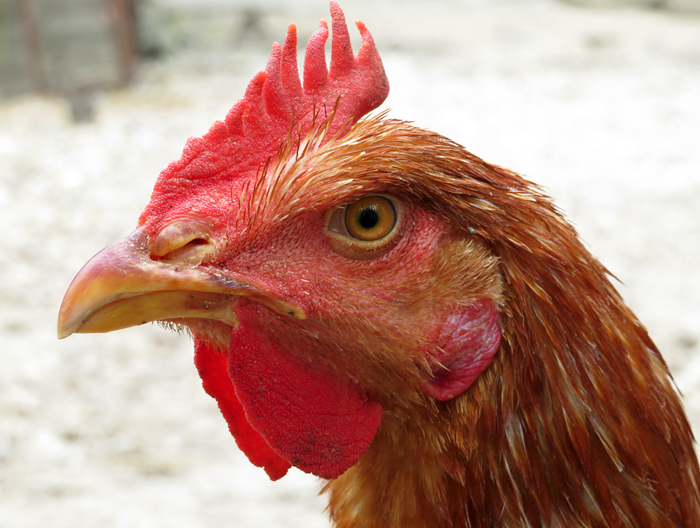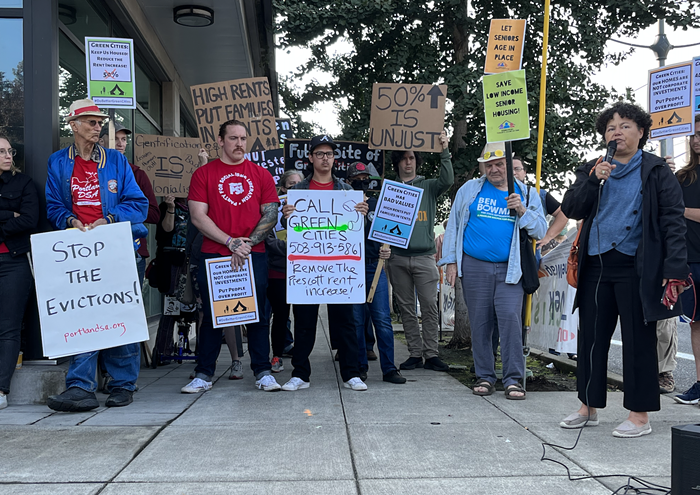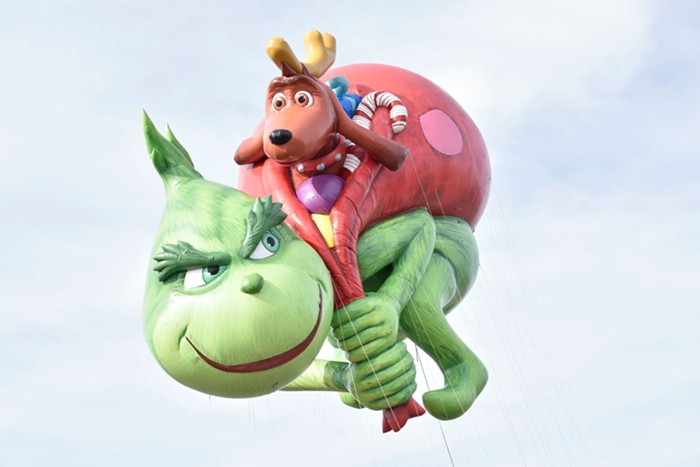“Honesty keeps us alive” is a recurring phrase in Open Earth, the debut graphic novel penned by comics writer, author, and (full disclosure!) former Portland Mercury reporter Sarah Mirk. The motto refers not only to the practice of sharing the small quarters of an Earth-orbiting space station, but to its citizens—especially a polyamorous generation that has only ever lived in space.
Told through the perspective of 20-year-old Rigo, Open Earth presents a day-in-the-life look at life aboard the space station California, where progressive practices by today’s standards are presented as this future society’s unquestioned norm. Rigo narrates in the California’s official language, Spanglish, and it’s obvious that racism and body shaming are deader than monoculture and capitalism. The book’s main conflict, Rigo’s desire to move out of her parents’ quarters and into those of a partner, is only a problem because she doesn’t know how to tell anyone involved—her parents, her partner, or her other partners. Rigo’s life is a no-frills utopia or, depending on how you feel about non-monogamy drama, a cheery dystopia.
Translated through Mirk’s script, illustrator Eva Cabrera’s digitally-drawn galaxy, and colorist Claudia Aguirre’s palette, Open Earth succeeds as an easy, low-stakes read about navigating multiple romantic relationships and having sex in space. But it’s disappointing that the book lacks out-of-this-world situations, especially since the medium of comics is constrained only by a budget of imagination. The space station Rigo lives on ends up looking like a utility closet much of the time, and despite a diverse cast, no one except Rigo has much personality. Furthermore, considering the explicitness of the book’s sex scenes, the space sex is unforgivably tame. (A promising, against-the-rules sex scene in a zero-gravity room turns from fun face-sitting action into a mini-lecture on monogamy.) The opportunities Open Earth had to show off the fullness of an idealized fat body also feel under-realized. There‘s a real potential here for erotic bodies drawn by a non-mainstream illustrator, but the results are underwhelming.
Rigo spends more time in Open Earth having vanilla space sex than she does engaging her parents about her conflicts or the questions she has about their family’s past. But that isn’t out of the ordinary for anyone in their early 20s now, so why would it be different in the future?
Open Earth has potential as a series, especially if it goes on to explore the other characters and expand its plotline about this new generation taking the station’s cultural reins. As a standalone, though, Open Earth feels more interested in education than story.













